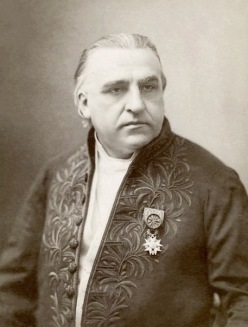It seems that the results of the self care assessment, really reflects my underestimation for having a plan that keeps my life happy. Unfortunately, I don’t tend to give my body and mind, the needed amount of rest to be fueled with energy in order to accomplish all the tasks I have. On contrast, I am the kind of person who would do anything assigned to her and even things for others, only because of my feeling of commitment towards others and work. Hence, the self-care plan has given me a great opportunity to reorganize my life again in somehow a mandatory way as part of the course “ being committed to the plan”, which will encourage and motivate me to work on myself and hopefully it will start to be a habit after following it for the first month.
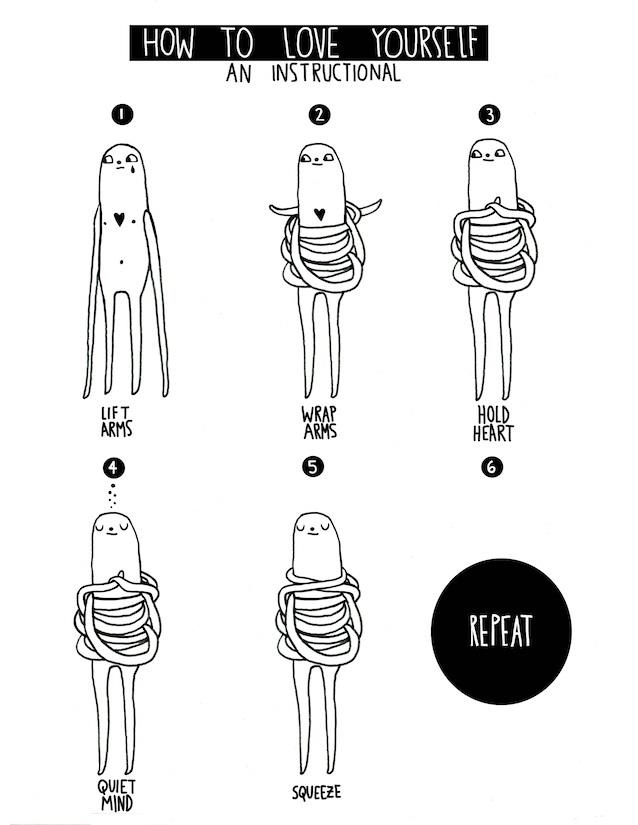
There is a strong link between the results of the self-care assessment and the way I function in different life aspects; workplace, emotionally, relationships, physically and spiritually.
These are my results:
Workplace or professional Self- Care 28/40
Physical Self- Care 17/28
Psychological Self- Care 17/48
Emotional Self-Care 25/32
Spiritual Self- Care 25/32
Relationship Self-Care 22/32
Overall Balance 7/8
Starting with my worst results is unfortunately the “Psychological Self- Care”:
I need to indulge more in social and cultural activities that address topics, not related to my field of study or interests. This will indeed widen my horizon, in addition to a stress relieving technique, as I believe it would be able to stop my mind a bit from processing information for an exam to study, for instance or a paper to write. I also want to join a “Yoga” squad in which I can try meditation techniques, as I have never tried them before but have always heard about its great effect on getting rid of all life stressors. Both activities are doable as for attending lectures or talks that are not related to my field, would be accessible through any lectures in university. Also, for the “Yoga” classes, I have started today to join a fitness group and they have a yoga class that I will ask to join starting next Monday.
I also want to focus more on my relationships with my colleagues at work or university, which is related to the “ Workplace or professional self-care”:
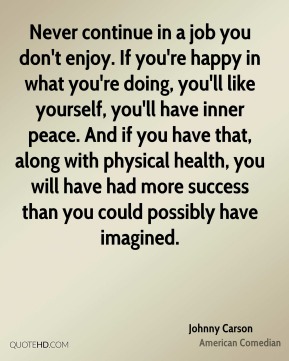 One of my first priorities that I hope would be able to achieve is having a supervisor or a psychologist that I always go and talk to without even having a huge problem. It is more of a way getting all what stress me out of my way than being in a therapy because of psychological problem or disorder, disturbing me. Honestly, I have thought of taking this step into action many million times before, but what stops me every time is that I am shy of going and talking to someone who might underestimate my problems or what bothers me compared to other clients’ problems. In addition to, not be used to ask help from others. I have always been raised as a strong woman who is sued to accomplish all the tasks on her own, which makes my proud of the way I am brought up, but sometimes I need to feel not that strong so that I can break that wall and go ask for help when I am tired.
One of my first priorities that I hope would be able to achieve is having a supervisor or a psychologist that I always go and talk to without even having a huge problem. It is more of a way getting all what stress me out of my way than being in a therapy because of psychological problem or disorder, disturbing me. Honestly, I have thought of taking this step into action many million times before, but what stops me every time is that I am shy of going and talking to someone who might underestimate my problems or what bothers me compared to other clients’ problems. In addition to, not be used to ask help from others. I have always been raised as a strong woman who is sued to accomplish all the tasks on her own, which makes my proud of the way I am brought up, but sometimes I need to feel not that strong so that I can break that wall and go ask for help when I am tired.
For the “Physical Self- Care”, I have taken this test, few hours before getting back to sports.
The test has actually played a major part in encouraging me to play sports again and be more energetic. Today is my first day as a healthy woman, eating healthy and practicing sports that I aim to be a habit “life style” on the long run. Accordingly, I will start to eat healthy and regular meals starting form tomorrow in order to maintain the body shape I want to reach. I will also consider taking my dog, “Ziza” for a walk as a way of walking or even jogging and for the dog to feel happy, same as I will.

However, my problem with neglecting my well being for the sake of finishing my tasks and being committed to whether my professors, parents or even friends who need my help, is huge problem that will need a lot of time to work on fixing. I am the type of person who likes to listen to people’s problems and try to help them even though this would have a negative impact on myself, maybe it is out of commitment, being shy to leave them without help or because I love them and do not want to see them sad, while am idle, doing nothing to help them with because at that moment I will feel so guilty that I didn’t offer them help when I could. Indeed, I will never try to change this side in my personality; however, I will plan to arrange some” quality time” for myself to sit and relax without answering phones or looking at mails. Despite this, I am sure I will tell those who I care for, beforehand that I will not answer any phones from 7 pm -8pm, for instance they can call me anytime. 😀
Concerning the “Spiritual and Emotional; Self-Care”, I believe they are somehow related to each other.
Being spiritually good will reflect on having empathy towards people, wanting to help people and make the happy. I think on the spiritual aspect, I am like the “yoyo” game. It depends on my psychological status and problems. If I am sad and have many problems I would more likely pray or read the Bible. However, I always remind myself of thanking God on even arriving university safe with all the accidents we see on our way, but I usually do not do so, and only ask for God’s intervention when I am in trouble. Recently I have started to practice praying in the car in the morning while going to university, as a way of making it a regular habit to pray every morning. I have came up with this idea because I see my mother praying every morning before going to work, which returns to my thought about the bond between emotional self care and spiritual self care. I regard my mother as my role model because I love her that I would like to imitate as if I am a child imitating her mother’s behaviors. For my family I have a strong emotional bond that does not need much work to be done on improving, thanks God: D
However, sometimes I have problems in communicating with my brother who is almost two years younger than me. We used to be closer when were younger but due to many recent problems there is a gap that we tend to ignore or pretend that we don’t see in order not to face the reality and talk about the factors that have led us to this point. In other words we are avoiding the stressors that might cause disturbance. I will try to go out with my brother more and be closer to him. I want our old bond when we were young to return.
Lastly the “Relationship Self- Care”, this has caused many problems as I used to take my partner for granted as he understands my problems and stressors I ma passing through, and work on other things.
Recently, when I grew older, I learnt that nothing is taken for granted and that if you do not work hard for what you want, you won’t be able to reach it. That is what I am currently working on for almost one year. I am working on dividing time for people in my life. Time for my close friends, school friends, friends from university, family and my “significant other”. For instance, I can go to the cinema or have coffee with my partner even if I have many work to do, this would make him feel how important he is to me. The same case is for my family, today I went with mother to many places because he want my help, even though this had me late on many things that I need to accomplish for university and my personal life. This has took me years and many difficult times that I have passed through in order to understand the importance of prioritising my relationships and giving each person in my life the “quality time” I will enjoy myself and he/she will enjoy as well without annoying others for prioritising work over family, for instance.
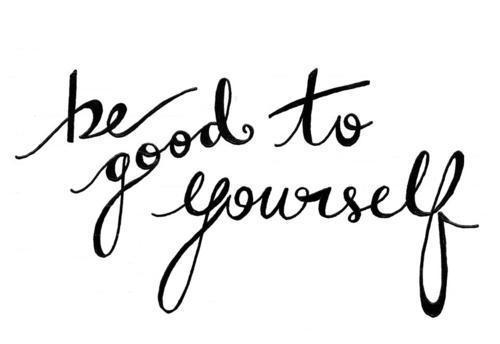
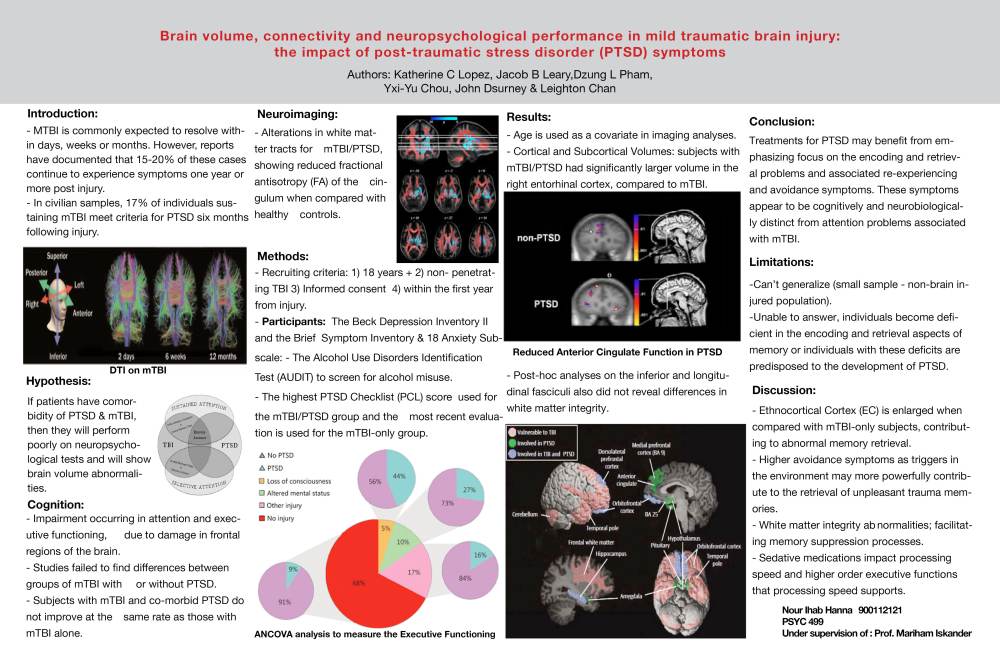
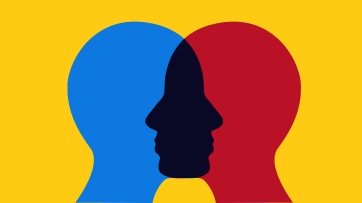 However, I found myself during taking that course that I am trying to calm down during an argument with my parents or even friends and thinking of some reasons that might be contributing to their anger. For instance, today is the day when Egypt’s Air plane disappeared with 66 passengers on board. I don’t know any of the passengers on the plane, but i have a huge feeling of sadness, empathy and worry about those people without knowing the reason for my feeling towards them. I believe that before that course, I wouldn’t have felt the same; I will be sad for the people but i would soon forget about it. It might be because i am thinking of their families and their psychological being when they know about the plane. In addition to learning about shared trauma and secondary trauma. I am not on the plane, but my parents are in Paris today are supposed to depart tomorrow from Paris to come to Egypt on Egypt Air airlines. It might be due to the given association that i have thought of because of what i have learned through the course.
However, I found myself during taking that course that I am trying to calm down during an argument with my parents or even friends and thinking of some reasons that might be contributing to their anger. For instance, today is the day when Egypt’s Air plane disappeared with 66 passengers on board. I don’t know any of the passengers on the plane, but i have a huge feeling of sadness, empathy and worry about those people without knowing the reason for my feeling towards them. I believe that before that course, I wouldn’t have felt the same; I will be sad for the people but i would soon forget about it. It might be because i am thinking of their families and their psychological being when they know about the plane. In addition to learning about shared trauma and secondary trauma. I am not on the plane, but my parents are in Paris today are supposed to depart tomorrow from Paris to come to Egypt on Egypt Air airlines. It might be due to the given association that i have thought of because of what i have learned through the course. The Department of Sociology, Anthropology and Psychology has held a conference on “Students with disabilities”, specifically the inclusion settings of the given students in AUC. Psychology faculty and psychologists from outside the AUC community have participated in the conference to talk about the inclusion settings in Egypt, public schools and in AUC in specific.
The Department of Sociology, Anthropology and Psychology has held a conference on “Students with disabilities”, specifically the inclusion settings of the given students in AUC. Psychology faculty and psychologists from outside the AUC community have participated in the conference to talk about the inclusion settings in Egypt, public schools and in AUC in specific.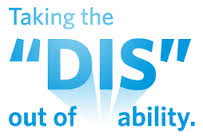
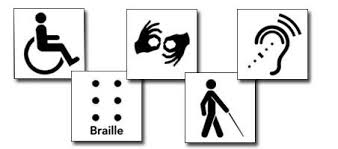
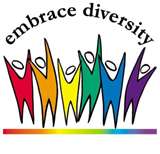 This has its drawbacks on their educational path. The students may miss valuable lessons in the general education class while attending the resource room. Most importantly, they may feel stigmatized for leaving the general education class to receive special help as well as the failure of the resource room and general classroom teachers to coordinate instruction.
This has its drawbacks on their educational path. The students may miss valuable lessons in the general education class while attending the resource room. Most importantly, they may feel stigmatized for leaving the general education class to receive special help as well as the failure of the resource room and general classroom teachers to coordinate instruction.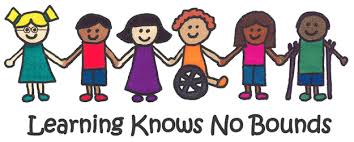
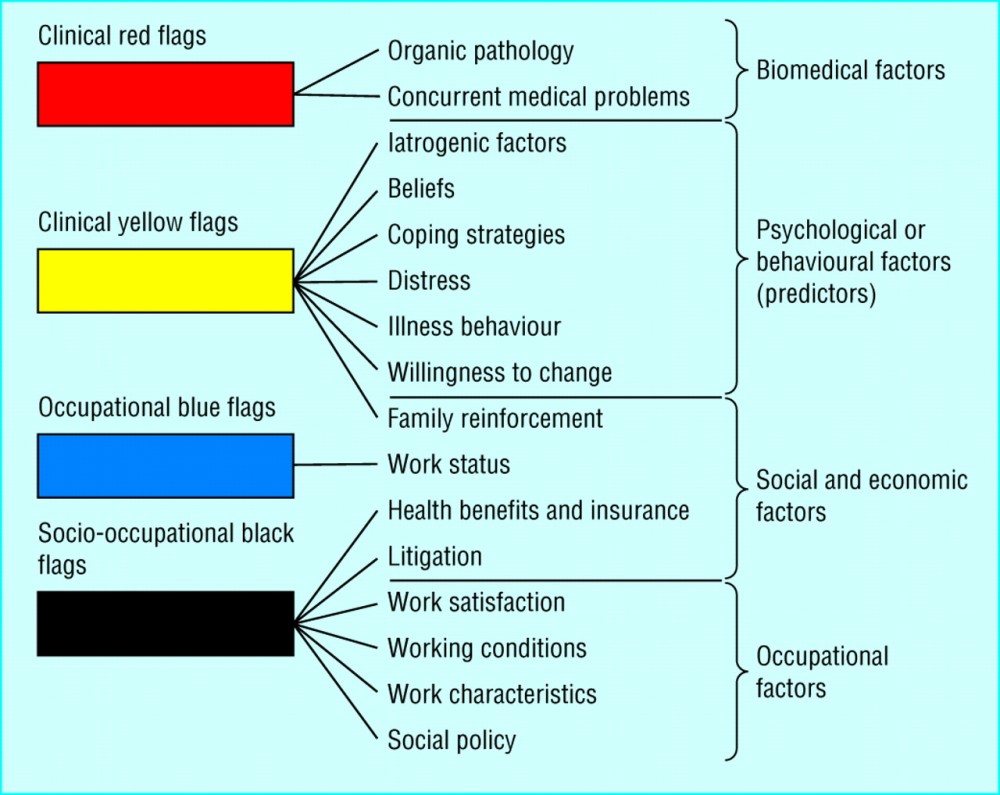
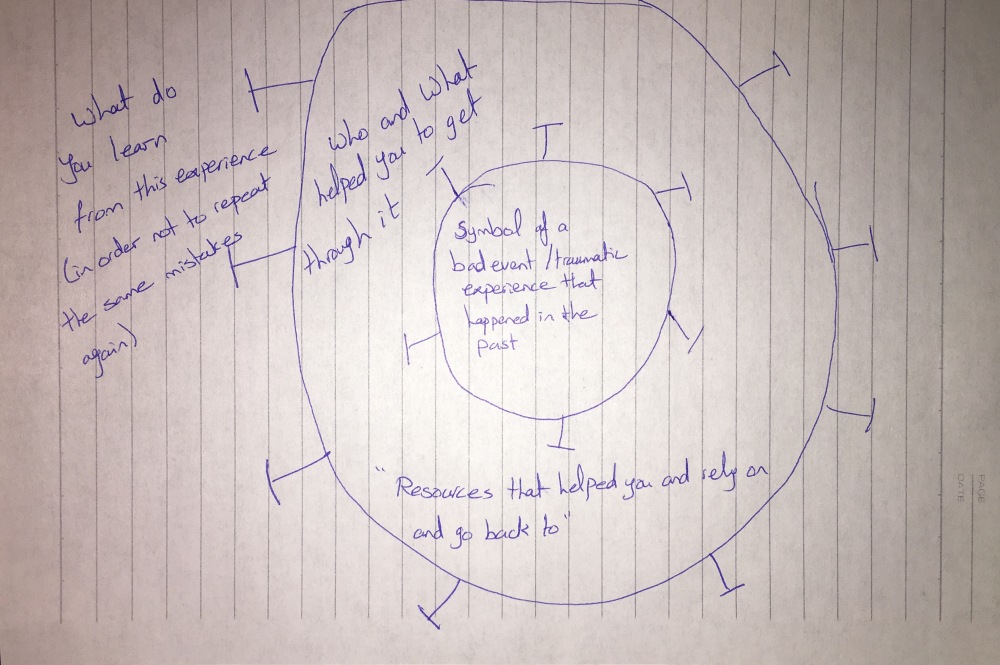
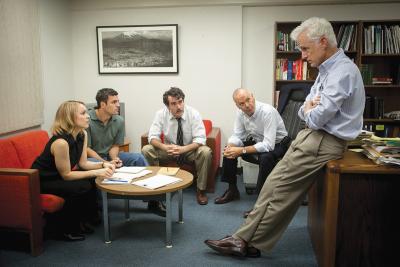

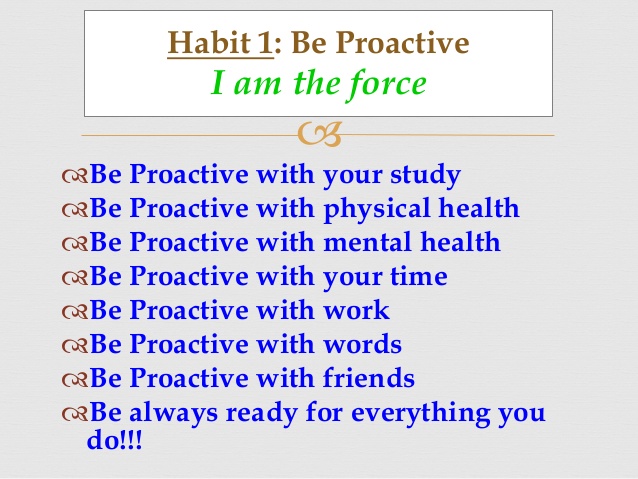
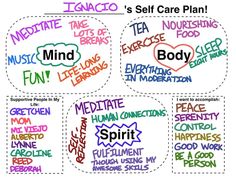






 One of my first priorities that I hope would be able to achieve is having a supervisor or a psychologist that I always go and talk to without even having a huge problem. It is more of a way getting all what stress me out of my way than being in a therapy because of psychological problem or disorder, disturbing me. Honestly, I have thought of taking this step into action many million times before, but what stops me every time is that I am shy of going and talking to someone who might underestimate my problems or what bothers me compared to other clients’ problems. In addition to, not be used to ask help from others. I have always been raised as a strong woman who is sued to accomplish all the tasks on her own, which makes my proud of the way I am brought up, but sometimes I need to feel not that strong so that I can break that wall and go ask for help when I am tired.
One of my first priorities that I hope would be able to achieve is having a supervisor or a psychologist that I always go and talk to without even having a huge problem. It is more of a way getting all what stress me out of my way than being in a therapy because of psychological problem or disorder, disturbing me. Honestly, I have thought of taking this step into action many million times before, but what stops me every time is that I am shy of going and talking to someone who might underestimate my problems or what bothers me compared to other clients’ problems. In addition to, not be used to ask help from others. I have always been raised as a strong woman who is sued to accomplish all the tasks on her own, which makes my proud of the way I am brought up, but sometimes I need to feel not that strong so that I can break that wall and go ask for help when I am tired.

